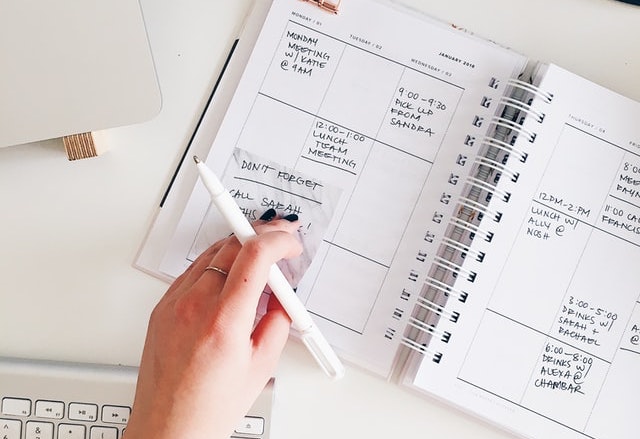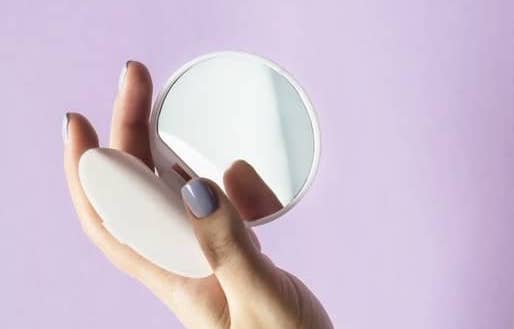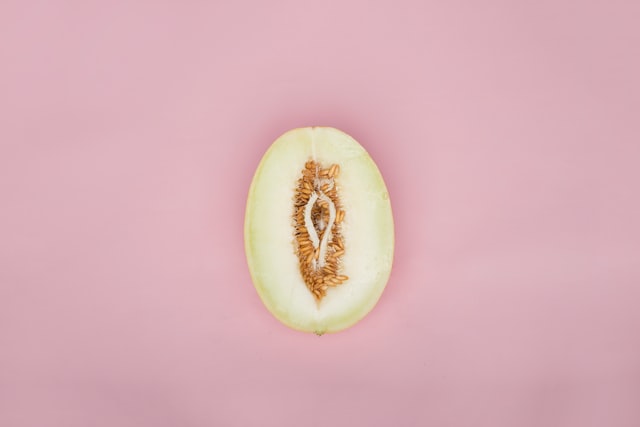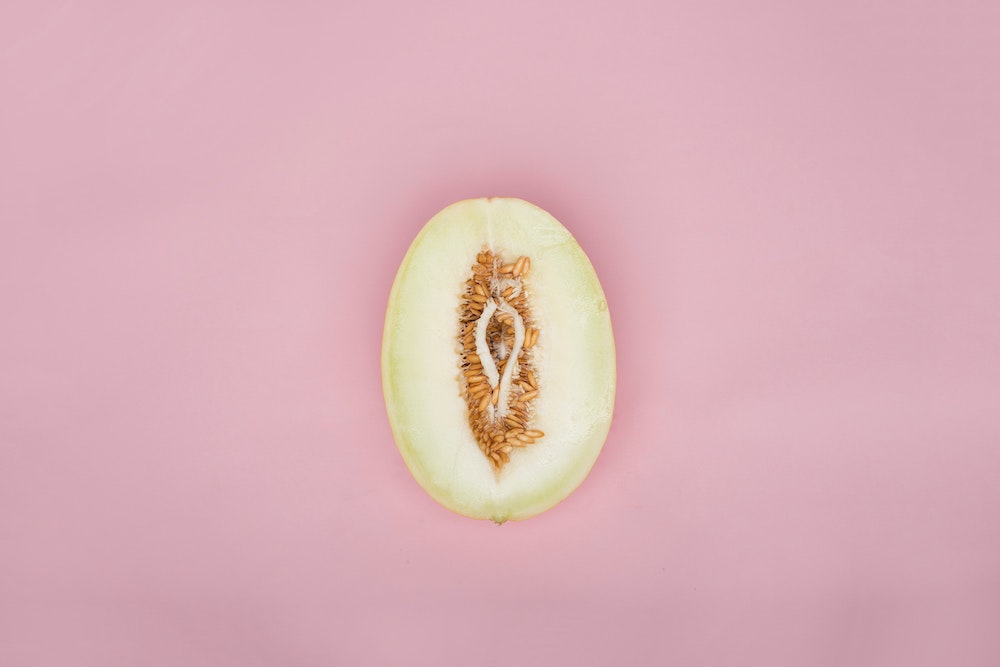Everyone’s vagina is different – but how well do you know yours? Would you notice any changes to its appearance or discharge?
Getting up close and personal with your vagina on a regular basis – learning what it looks and feels like and the type of discharge you usually see – can help you spot any irregularities more quickly, and get medical advice to help clear up infections and prevent complications.
Vaginal self-exams aren’t meant to replace routine check-ups with your doctor – if you notice changes to vaginal discharge or any bumps, itching or soreness, see your doctor.
How often should you check your vagina?
Once a month, in between periods, is best. Vaginal discharge can vary at different times during your menstrual cycle, so it’s a good idea to stick to a similar date each month.

A step-by-step guide to checking your vagina
Find a private spot where you won’t be disturbed. You’ll need good light (or a torch) and preferably a mirror with a handle – so you can get a proper view – or a mirror on a wall in front of you.
-
Wash your hands. Take off your clothes from the waist down and sit on a bed, couch, chair or on the floor – support your back with pillows.
-
Bend your knees, place your feet near your bottom, lean back slightly and spread your knees apart so you can see your genital area. (Spread your feet apart if you’re using a mirror on a wall in front of you, rather than a handheld one.)
-
Using the mirror, look closely at the:
- outer and inner lips of the vulva (the labia)
- slight bump covered by a hood of skin at the front of the labia (the clitoris)
- opening of the urethra, where pee comes out
- opening of the vagina
-
Using your fingers, part the vaginal lips so you can see into your vagina. You should be able to see the reddish-pink vaginal walls, which have small ridges.
-
Look at any vaginal discharge. Normal discharge is usually clear or cloudy white, smells a bit vinegary and may be thick or thin.

What to look out for when checking your vagina
If you notice any of these changes to vaginal discharge while doing a self-exam, speak to your doctor:
- fishy-smelling discharge – may be bacterial vaginosis
- a thick texture, resembling cottage cheese, with itching – may be thrush
- discharge that’s green, yellow or frothy – may be trichomoniasis (a sexually transmitted infection)
- discharge with pelvic pain or bleeding – may be chlamydia or gonorrhea
Besides discharge, these changes to your vagina can also mean you need to see your doctor:
- soreness, itching or swelling around the vagina – may be vaginitis
- blisters or sores on or in the vagina – may be genital herpes
- growths or lumps – may be genital warts or Bartholin’s cysts
- itching – may be eczema
- a lump or itch that won’t go away, with smelly and blood-stained discharge, irregular bleeding and pain when peeing – may be a sign of vaginal cancer (rare in women under 40)
Key points
- checking your vagina regularly can help you notice any irregularities early
- do a vaginal self-exam between periods, at the same time each month
- vaginal self-exams are not a replacement for routine doctor check-ups
- changes to how your vagina looks or feels can be a sign of infection – speak to your doctor
- changes in vaginal discharge can also be a sign of infection – speak to your doctor






